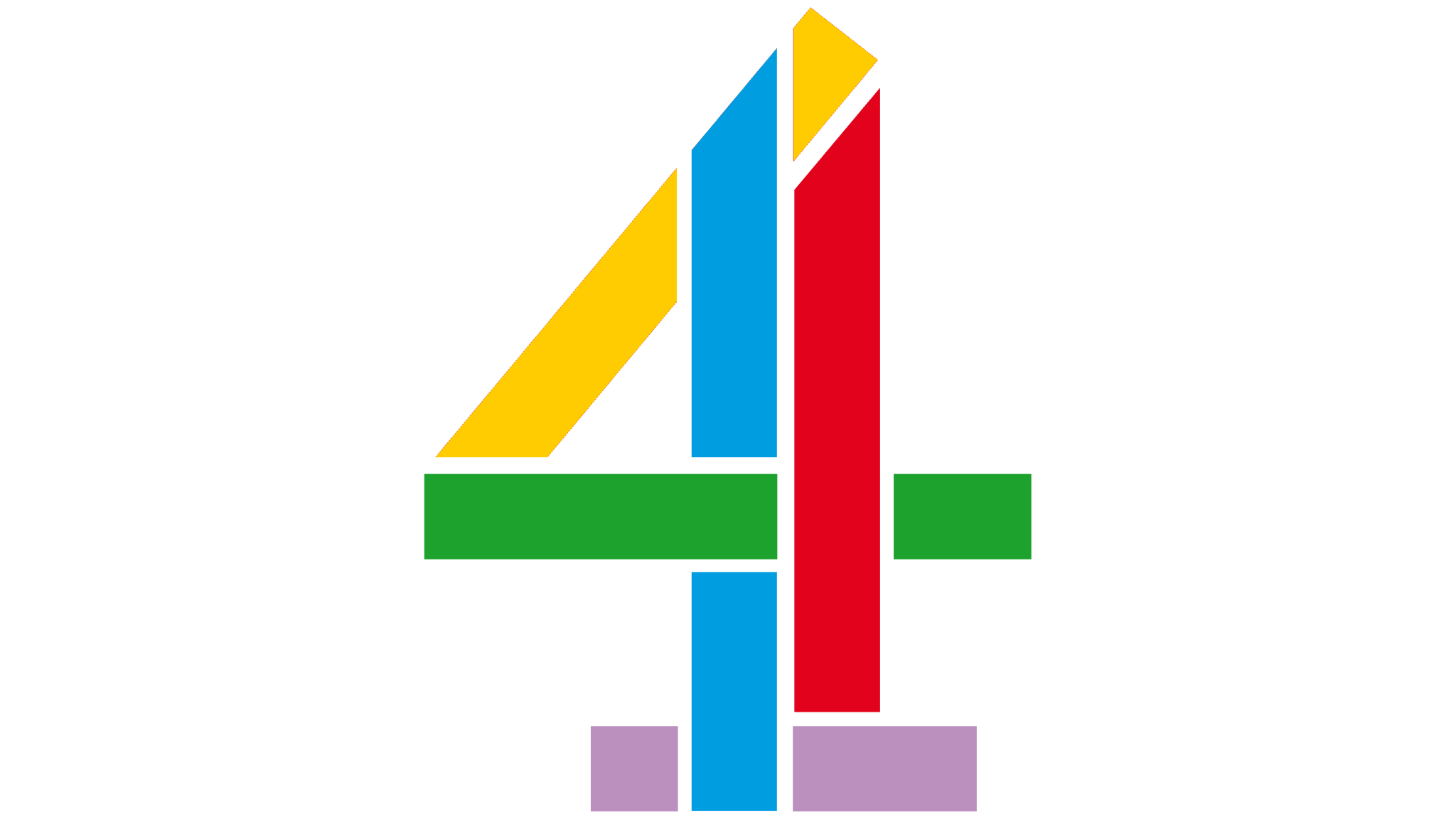Effective Strategies For Mental Health Literacy Education

Table of Contents
Understanding the Foundations of Mental Health Literacy Education
Defining Mental Health Literacy
Mental health literacy encompasses a broad range of knowledge and skills. It's about recognizing the symptoms of common mental health conditions, understanding their causes and risk factors, knowing about available treatments and support services, and possessing the skills to help oneself and others. This goes beyond simple awareness; it's about practical application.
- Self-awareness: Recognizing your own mental health needs and seeking help when necessary.
- Help-seeking: Knowing where and how to access mental health services.
- Reducing stigma: Challenging negative stereotypes and promoting understanding and acceptance.
- Supporting others: Learning how to effectively support friends, family, and colleagues experiencing mental health challenges.
The World Health Organization estimates that nearly one billion people globally are living with a mental disorder. However, a significant gap exists in mental health literacy, leading to delayed help-seeking and poorer outcomes. Effective education is vital to bridge this gap.
Identifying Target Audiences
Tailoring mental health literacy programs to specific demographics is paramount. A one-size-fits-all approach is ineffective. Consider the unique needs and challenges faced by different groups:
- Youth: Programs for young people should focus on building resilience, promoting emotional well-being, and addressing issues like anxiety and depression prevalent during adolescence.
- Adults: Workplace programs can focus on stress management, work-life balance, and recognizing signs of burnout.
- Specific Communities: Culturally sensitive approaches are vital. Consider language barriers, cultural beliefs about mental health, and potential disparities in access to care.
Cultural sensitivity is not merely an add-on; it's fundamental. Effective programs must be adapted to resonate with the values and beliefs of the target community, ensuring inclusivity and accessibility.
Effective Educational Strategies and Techniques
Interactive Workshops and Training Programs
Interactive workshops offer a powerful way to engage participants and enhance knowledge retention. Techniques like role-playing, group discussions, and case studies can create a safe and supportive learning environment.
- Role-playing: Simulating real-life scenarios helps participants practice communication skills and develop empathy.
- Group discussions: Facilitated discussions allow for sharing experiences and building a sense of community.
- Case studies: Analyzing real-life examples of mental health challenges and recovery journeys provides valuable insights.
The use of interactive activities fosters active learning and promotes deeper understanding of complex mental health issues.
Utilizing Technology for Mental Health Literacy
Technology plays a vital role in disseminating mental health information. Online resources, mobile apps, and social media campaigns can reach large audiences and overcome geographical barriers.
- Online Resources: Websites and online courses provide readily accessible information on various mental health topics.
- Mobile Apps: Apps offering self-help tools, mood trackers, and access to mental health professionals are becoming increasingly popular.
- Social Media Campaigns: Social media can be used to raise awareness, reduce stigma, and share resources.
However, it is crucial to ensure accessibility and digital literacy to avoid excluding those without reliable internet access or digital skills.
Integrating Mental Health Literacy into Existing Curricula
Integrating mental health education into schools, workplaces, and community settings is crucial for sustained impact. This requires collaboration between educators, healthcare professionals, and community leaders.
- Schools: Incorporating mental health education into the curriculum can equip young people with the knowledge and skills they need to navigate the challenges of adolescence and adulthood.
- Workplaces: Mental health programs in the workplace can create a supportive environment, reduce stress, and improve employee well-being.
- Community Settings: Community-based programs can reach diverse populations and address specific needs within the community.
Collaboration is key. A cohesive approach, involving various stakeholders, is far more effective than isolated initiatives.
Measuring the Impact of Mental Health Literacy Education Programs
Assessing Knowledge and Attitudes
Measuring the effectiveness of mental health literacy programs requires rigorous evaluation. Pre- and post-program assessments are essential to gauge changes in knowledge, attitudes, and behaviors.
- Surveys: Surveys can assess changes in knowledge, attitudes, and perceived self-efficacy.
- Interviews: In-depth interviews provide rich qualitative data on participants' experiences and perspectives.
- Focus Groups: Focus groups allow for exploring specific themes and gaining insights from group discussions.
Challenges include measuring long-term impacts and accounting for external factors that might influence outcomes.
Evaluating Program Effectiveness
Program evaluation should employ both quantitative and qualitative data. Quantitative data (e.g., survey results) provide numerical measures of impact, while qualitative data (e.g., interview transcripts) offer deeper insights into participants’ experiences.
- Quantitative Data: Analyze changes in knowledge scores, help-seeking behaviors, and reduction in stigma.
- Qualitative Data: Identify themes and patterns in participants’ feedback to understand the program's strengths and weaknesses.
Using data to refine and improve future programs is crucial for continuous improvement and maximizing impact.
Conclusion
Effective mental health literacy education requires a multifaceted approach that combines interactive workshops, technological tools, and integration into existing curricula. By empowering individuals with knowledge, skills, and resources, we can create more supportive communities and reduce the burden of mental illness. The positive impact on individuals, families, and society as a whole is undeniable.
We urge you to become an active participant in promoting mental health literacy education. Attend workshops, share resources with your networks, and advocate for the inclusion of mental health literacy in schools and workplaces. Let's work together to build a healthier and more compassionate society where everyone has access to the knowledge and support they need to thrive. Invest in mental health literacy – invest in a healthier future.

Featured Posts
-
 Broadcoms V Mware Acquisition At And T Exposes A Potential 1 050 Cost Increase
May 02, 2025
Broadcoms V Mware Acquisition At And T Exposes A Potential 1 050 Cost Increase
May 02, 2025 -
 Michael Sheens Channel 4 Giveaway A Critical Review By Christopher Stevens
May 02, 2025
Michael Sheens Channel 4 Giveaway A Critical Review By Christopher Stevens
May 02, 2025 -
 Increased Vaccine Scrutiny In The Us Following Measles Outbreak
May 02, 2025
Increased Vaccine Scrutiny In The Us Following Measles Outbreak
May 02, 2025 -
 Bhth Wzyr Altjart Sbl Tezyz Alteawn Alaqtsady Me Jmhwryt Adhrbyjan
May 02, 2025
Bhth Wzyr Altjart Sbl Tezyz Alteawn Alaqtsady Me Jmhwryt Adhrbyjan
May 02, 2025 -
 Ireland On Notice Frances Convincing Six Nations Win Against Italy
May 02, 2025
Ireland On Notice Frances Convincing Six Nations Win Against Italy
May 02, 2025
Latest Posts
-
 Aleksandr Lakazet 157 Gola Vv Frantsiya Nov Rekord
May 03, 2025
Aleksandr Lakazet 157 Gola Vv Frantsiya Nov Rekord
May 03, 2025 -
 Will Boris Johnson Ride To The Rescue Of The Conservative Party
May 03, 2025
Will Boris Johnson Ride To The Rescue Of The Conservative Party
May 03, 2025 -
 Alan Roden Examining His Style And Themes In The Spectators Writings
May 03, 2025
Alan Roden Examining His Style And Themes In The Spectators Writings
May 03, 2025 -
 Could Boris Johnsons Comeback Save The Tories
May 03, 2025
Could Boris Johnsons Comeback Save The Tories
May 03, 2025 -
 Alan Rodens Contributions To The Spectator A Critical Analysis
May 03, 2025
Alan Rodens Contributions To The Spectator A Critical Analysis
May 03, 2025
